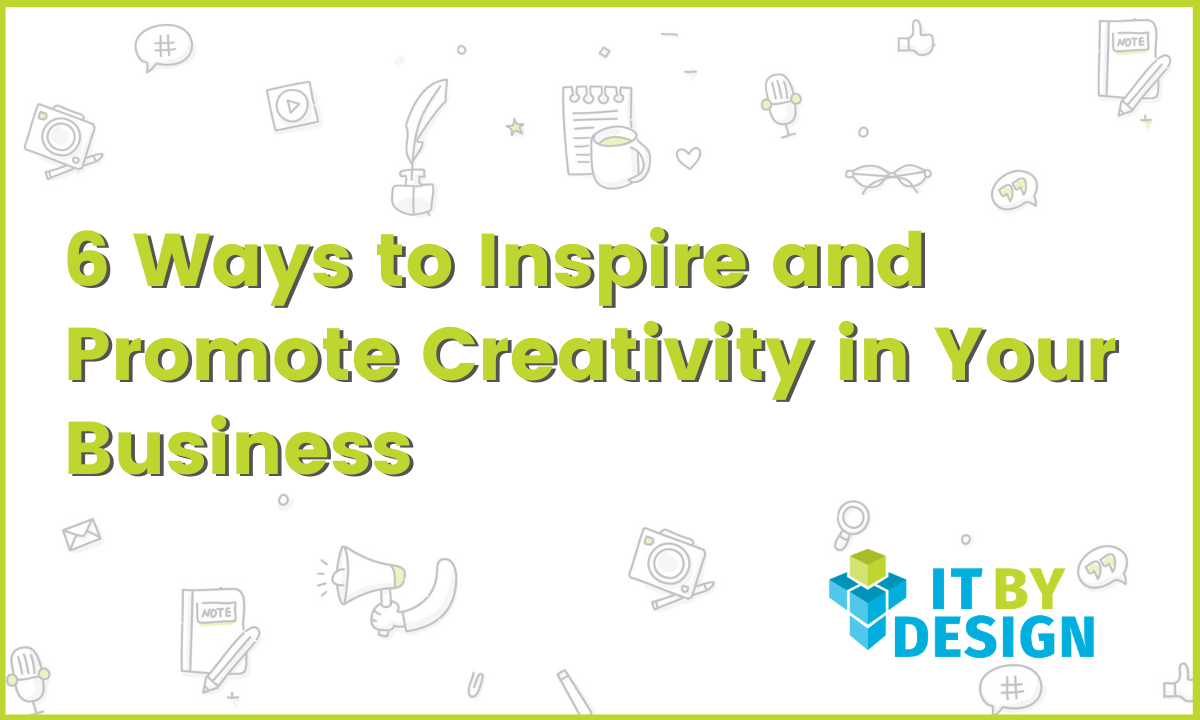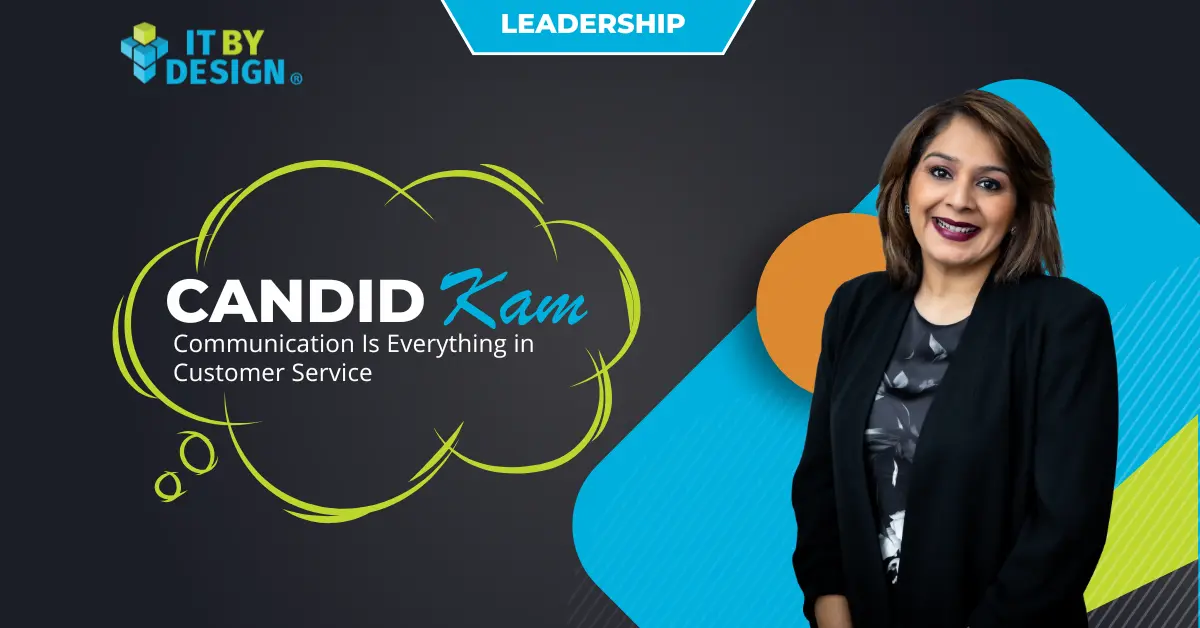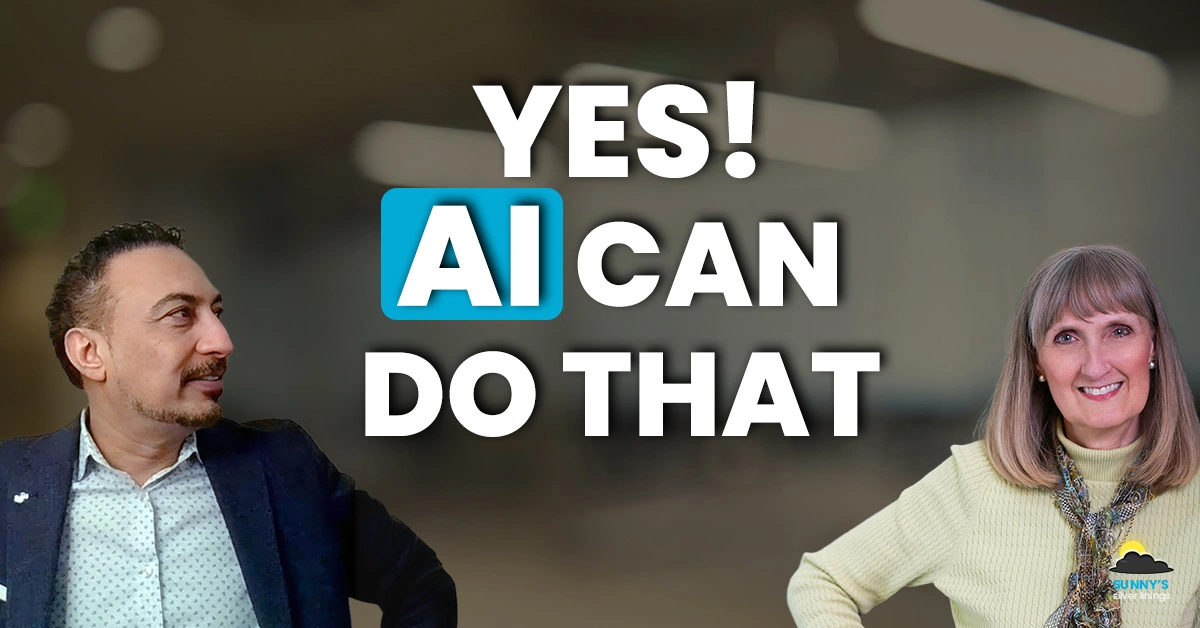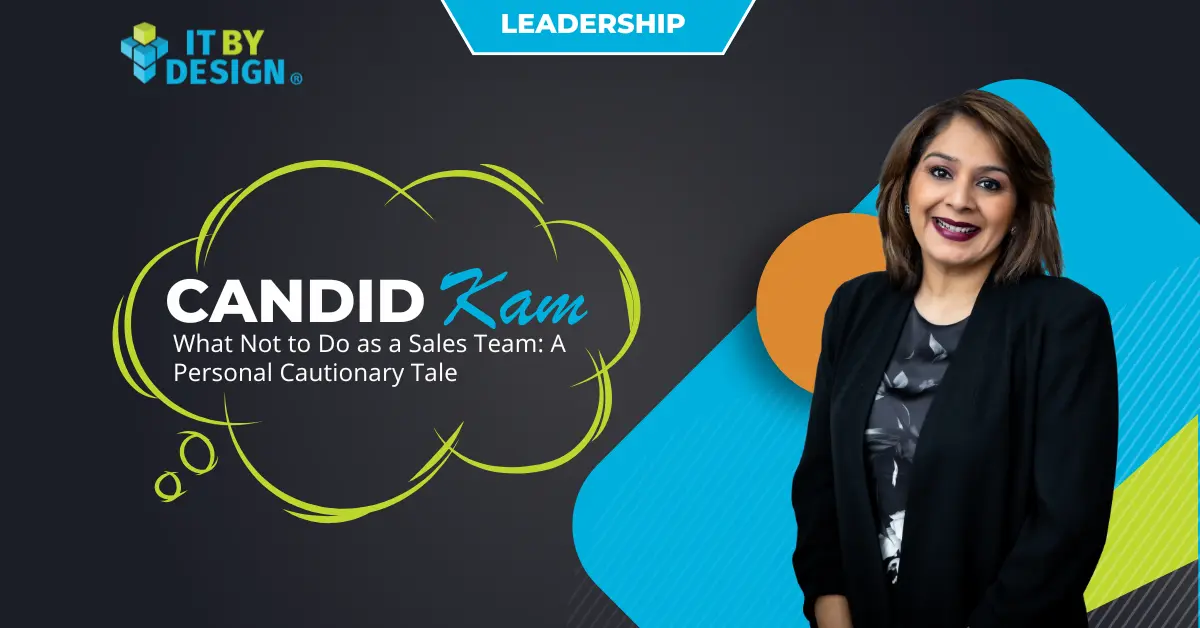As your business charts a new path forward in the current economy — from rethinking business models to re-vesting in customer experiences to developing new products — you need more than “hard work” to regain revenue growth and increase your market share.
In times like these, creativity and thinking outside of the box can enable your team to look for alternative solutions to complex business recovery challenges. It encourages new ideas to emerge and helps reshape assumptions, which can enable your team members to improve their workflows and drive success.
While standard best business practices are widely known, only a few business leaders are well-versed in what it takes to foster creativity. What most leaders fail to see is that within their existing talent pool, they likely already have a group of employees with creative abilities. They just need to find a way to harness and amplify those skills.
Broaden your definition of “creative”
Leadership should reevaluate their own perspectives of what it means to be creative to successfully encourage it across all business functions. Misconceptions about what creativity means can inhibit you from realizing that creative abilities already exist within your teams. A team member doesn’t need to be a sculptor or graphic designer to be considered creative. How one uses imaginations, shares ideas, and interprets the existing process defines an individual as creative thinker.
Empowering your team to use their creative abilities requires you to walk the talk, too. Showing that you embrace creative thinking in team meetings can help your team sharpen their creative lens and bring new perspectives.
Create a culture of asking questions
Shape a work culture where processes (if found ineffective) of last year can be forgotten in an instant. When your employees are free to always question and challenge everything you have been doing as a business for years, you never get stuck in unproductive ruts.
At a glance, this may appear to be completely opposed to productivity. You can’t quantify it. You can’t measure it. But trust me it’s great for developing big ideas, which won’t align with those looming deadlines but reap greater benefits in the long run.
Encourage diversity in group dynamics
As I mentioned in one of my earlier blogs, research shows that diverse groups outperform homogeneous ones. Diverse teams can be far more creative simply because they can avoid “groupthink,” a psychological phenomenon that stops groups from making irrational decisions because its members value harmony and conformity over critical analysis.
One way to increase creativity is to always build project crews cross-functionally. I am going to reiterate it – teams made up of diverse members are much more open to taking each others’ perspective and perform most creatively.
Grant them the freedom to experiment
A key component of fostering a creative culture is giving your talent the freedom to fail. One of the best-established connections between creativity and work culture has to do with the way failure is treated. The fear of failure can cripple the flow of ideas and ultimately productivity. Employees need to feel safe to come up with new approaches and to try them out.
This is why it is essential that leadership at your business needs creates an environment where failure and sharing ideas are the norm and part of the process. That means not punishing failure and, in possible, rewarding it. Each failure brings insights and lessons that can shape future successes. We didn’t reach the moon on the first try; imagine if NASA had only been given one opportunity to try.
Help them rejuvenate and feel recharged
You’ll never be able to tap into the true creative potential of your workforce if you don’t take care of their well-being. No one can be “on” all the time — especially when you all are in the constant state of adaptation during a business recovery trajectory.
Existing in a constant state of innovation isn’t sustainable. Here encouraging mental breaks can acknowledge your team’s needs and empower them to recharge for their work and overall well-being. In a brick and mortar setting, it was easy for everyone to take a quick break between meetings or get a gut check from a colleague as they fill up their coffee. In a remote work setting, you have to create moments for these mental breaks intentionally. At ITBy Design, we have introduced a range of mental break options – The Movie Club, Ladies’ Lunches, and Fun Friday quiz competitions so our employees spend blowing off steam. Giving your team permission to breathe is critical.
Give’em a shoutout
One of the keys to nurturing a creative workplace is giving all employees a way to voice their creative ideas. By acknowledging these kudos in company town halls such as we do, you can make your talent feel valued and encourage new, innovative thinking. This won’t be just a boon for your productivity; it will also have the pleasant side effect of improved talent retention.
Final Thought: Encouraging creativity in your business can help your talent see the bigger picture and focus on issues with a deeper business impact. While the creative process can seem less productive than simply churning out work, transitioning to bigger-picture will help your business flourish, especially in the existing economy.








